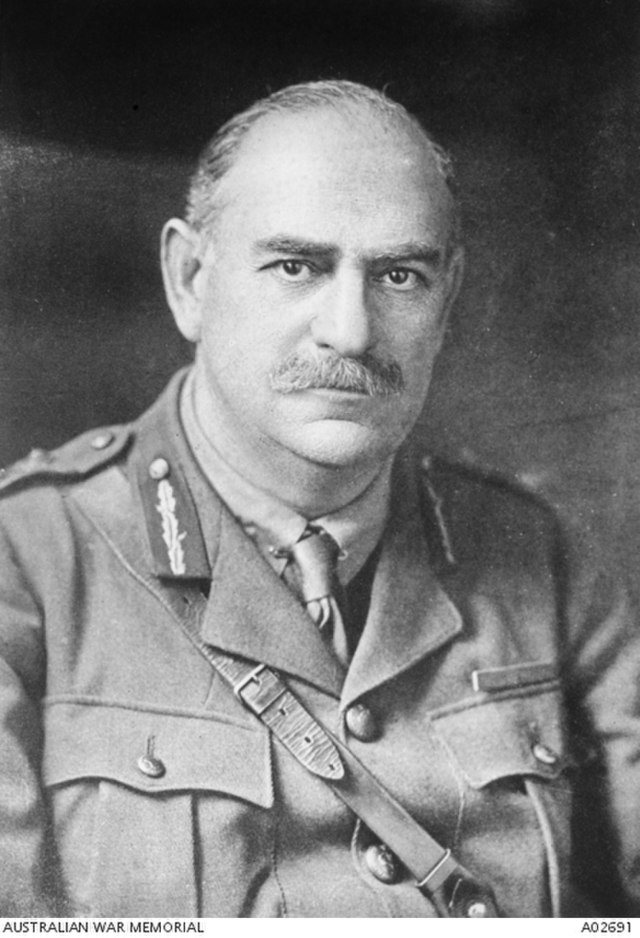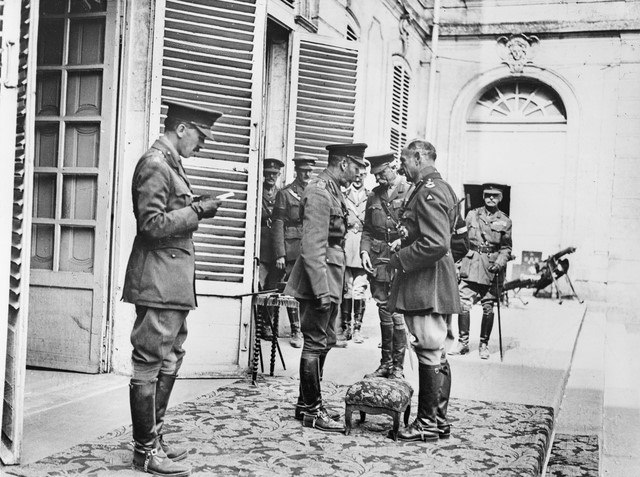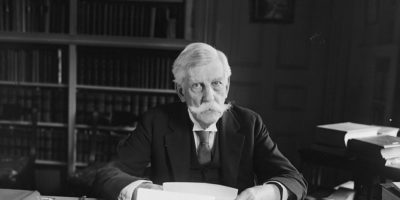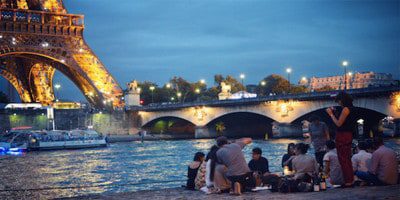
Photo by Wikimedia Commons – Wikimedia
Top 10 Remarkable Facts about Sir John Monash
Monash was born in Dudley Street, West Melbourne, Victoria, on 27 June 1865, the son of Louis Monash and his wife Bertha, née Manasse.
He was born to Jewish parents, both from Krotoschin in the Prussian province of Posen, now Krotoszyn, Poland. The family name was originally spelled Monasch and pronounced with the emphasis on the second syllable.
His family spoke German as their native language. As might have been expected from a man brought up by cultivated German parents who had arrived in Australia barely two years before John’s birth, Monash spoke, read, and wrote German fluently.
However, from 1914 until his death, he had no good reason to attract attention to his German background
In 1874, the family moved to the small town of Jerilderie in the Riverina region of New South Wales, where his father ran a store.
Monash attended the state school and his intelligence was recognized. The family was advised to move back to Melbourne to let John reach his full potential, which they did in 1877.
Although his parents had largely abandoned the religious practice, Monash celebrated his Bar Mitzvah at the East Melbourne Hebrew Congregation and sang in its choir.
He was educated under Alexander Morrison at Scotch College, Melbourne, where he passed the matriculation examination when only 14 years of age.
At age 16, he was dux of the school. He graduated from the University of Melbourne with a Master of Engineering in 1893; a Bachelor of Arts and Bachelor of Laws in 1895, and a Doctor of Engineering in 1921.
He became commander of the Australian Corps, at the time the largest corps on the Western Front. Monash is considered one of the best Allied generals of the First World War and the most famous commander in Australian history.
1. He was married to Victoria Moss

Photo by Wikimedia Commons – Wikimedia
On 8 April 1891, Monash married Hannah Victoria Moss who lived from 1871 to 1920. They had one child, Berth who was born in 1893.
However, Monash had previously engaged in an affair with Annie Gabriel, the wife of one of his colleagues, which ended as an active matter after his conscious choice of ‘Vic’ for marriage, though communication continued many years afterward.
2. A Civil Engineer
He worked as a civil engineer and played a major role in introducing reinforced concrete to Australian engineering practice.
He initially worked for private contractors on the bridge and railway construction, and as their advocate in contract arbitrations.
Following a period with the Melbourne Harbor Trust, in 1894 he entered into a partnership with J. T. N. Anderson as consultants and contractors.
When the partnership was dissolved in 1905 he joined with the builder David Mitchell and industrial chemist John Gibson to form the Reinforced Concrete & Monier Pipe Construction Co.
In 1906, with other businessmen from South Australia, formed the S. A. Reinforced Concrete Co. He took a leading part in his profession and became president of the Victorian Institute of Engineers and a member of the Institution of Civil Engineers, London.
3. Joined the Militia
Monash joined the university company of the militia in 1884, and he became a lieutenant in the North Melbourne battery on 5 April 1887.
He was promoted to captain in 1895 and in April 1897 was promoted to major and given command of the battery.
On 7 March 1908, he was promoted to lieutenant-colonel in the intelligence corps. He was given command of the 13th Infantry Brigade in 1912 and was promoted to colonel on 1 July 1913.
4. He Became a Full Time Army Officer

Photo by Wikimedia Commons – Wikimedia
When the First World War broke out in August 1914, Monash became a full-time army officer, accepting an appointment as the chief censor in Australia.
Monash did not enjoy the job and was keen on a field command. In September, after the Australian Imperial Force was formed, he was appointed as the commander of the 4th Infantry Brigade.
This consisted of four battalions the 13th, 14th, 15th, and 16th. His appointment was met with some protest within the military, in part due to his German and Jewish ancestry.
However, Monash was supported by numerous high-ranking officers, including James Legge, James McCay, and Ian Hamilton, and his appointment stood.
5. His Appointment as a Companion of the Order of the Bath
On 21 August, Monash led them in an attack on Hill 60, before it was withdrawn from the peninsula for rest. While the brigade recuperated on Lemnos, Monash took leave in Egypt, where he learned of his appointment as a Companion of the Order of the Bath.
6. Promoted to a Major General

Photo by Wikimedia Commons – Wikimedia
On 10 July, Monash was promoted to major general and placed in command of the Australian 3rd Division.
He trained the division in England with attention to detail, and after the division was sent to the Western Front in November 1916, including Messines, Broodseinde, and the First Battle of Passchendaele.
There were successes as well as casualties which did not stop him from being a hero.
7. Position of Corps Commander
The British High Command was impressed by Monash and according to biographer Geoffery Serle, while dining with Field Marshal Sir Douglas Haig, Monash was informed that Haig wanted him as a corps commander.
8. Promoted to the Commander of the Australian Corps
On 1 June 1918, the promotion of Monash to lieutenant general and commander of the Australian Corps, at the time the largest individual corps on the Western Front was confirmed.
9. Australians Achievements under Monach

Photo by Wikimedia Commons – Wikimedia
The Australians then achieved under Monash a series of victories against the Germans at Chuignes, Mont St Quentin, Peronne, and Harcourt.
Of the battle of Mt St Quentin and the subsequent taking of the town of Peronne, Charles Bean was to write in the Official History that ‘the dash, intelligence, and persistence of the troops dealt a stunning blow to five German divisions.
The history included how they drove the enemy from one of its key positions in France and took 2,600 prisoners at a cost of slightly over 3,000 casualties.
10. Super Intellectual
By the end of the war, Monash had acquired an outstanding reputation for intellect, personal magnetism, management, and ingenuity.
He also won the respect and loyalty of his troops: his motto was “Feed your troops on victory
Planning a trip to Paris ? Get ready !
These are Amazon’s best-selling travel products that you may need for coming to Paris.
Bookstore
- The best travel book : Rick Steves – Paris 2023 – Learn more here
- Fodor’s Paris 2024 – Learn more here
Travel Gear
- Venture Pal Lightweight Backpack – Learn more here
- Samsonite Winfield 2 28″ Luggage – Learn more here
- Swig Savvy’s Stainless Steel Insulated Water Bottle – Learn more here
Check Amazon’s best-seller list for the most popular travel accessories. We sometimes read this list just to find out what new travel products people are buying.












